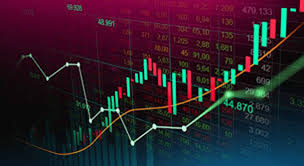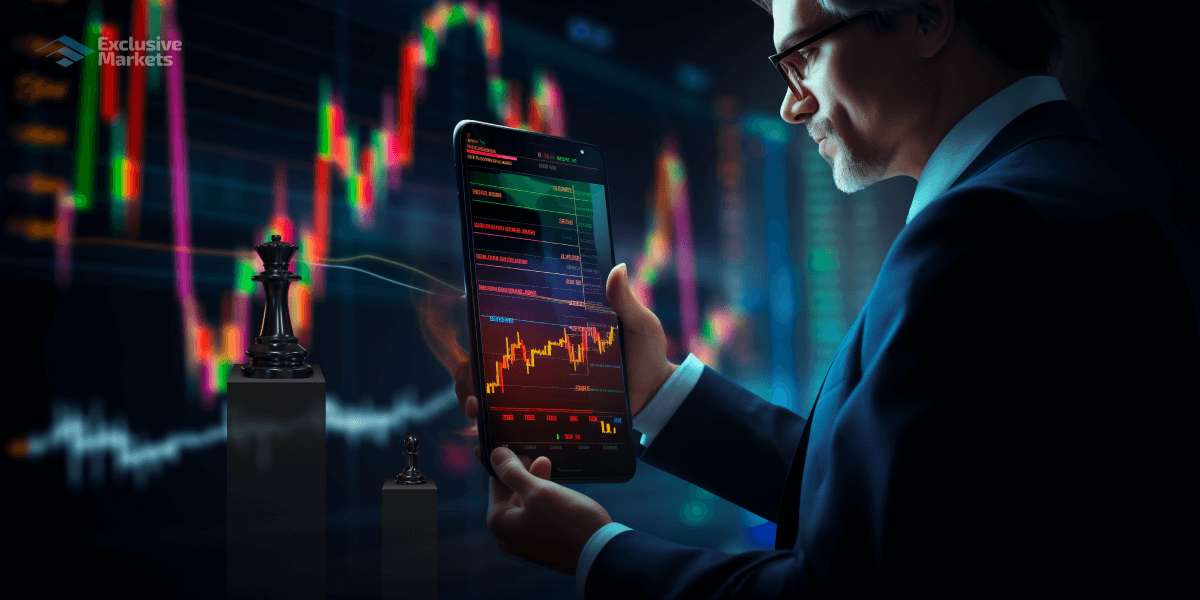
Automated trading has revolutionized the Forex market, making it easier for traders to execute strategies efficiently. With advancements in technology, traders can now use algorithms to place trades at lightning speed and based on complex market analysis. Understanding how to utilize automated trading systems can give traders a significant edge in the competitive world of Forex. If you’re looking for more resources on this topic, check out automated trading forex Online Trading CM for additional insights.
What is Automated Trading?
Automated trading, also known as algorithmic trading or algo trading, refers to the use of computer algorithms to execute trades in financial markets without human intervention. These systems analyze market conditions and place trades based on predefined criteria, ensuring that trades are executed at optimal times. In Forex, where the market is open 24 hours a day, automated trading can be particularly beneficial for seizing opportunities across different time zones.
How Automated Trading Works
Automated trading works by utilizing trading software and algorithms that can analyze market data and execute trades on behalf of the trader. These systems can handle complex calculations and data analysis, allowing for faster decision-making than manual trading. Traders set parameters that include entry and exit points, stop-loss levels, and trading volume. The software then uses these parameters to place trades automatically without the need for human oversight.
Key Components of Automated Trading Systems
- Trading Algorithms: These are the mathematical models programmed into the trading software that determine when and how to execute trades.
- Market Data: Automated trading systems rely on real-time market data, including price feeds and trading volume, to make informed trading decisions.
- Risk Management Tools: Effective automated trading systems incorporate risk management features, such as stop-loss orders, to minimize potential losses.
- Backtesting: Before deploying an automated trading strategy, traders can backtest their algorithms against historical data to evaluate performance and adjust parameters accordingly.
Benefits of Automated Trading in Forex
Automated trading offers several advantages that can appeal to both novice and experienced traders. Here are some of the key benefits:
1. Speed and Efficiency
Manual trading can be slow and prone to errors, especially in fast-moving markets. Automated trading allows traders to capitalize on opportunities instantly, eliminating the delay caused by human reaction times.
2. Emotion-Free Trading

One of the most common pitfalls in trading is letting emotions dictate decisions. Automated systems take the human element out of trading, removing fear, greed, and other emotions that can lead to poor choices.
3. Consistency
Automated trading allows for consistent execution of trading strategies. This consistency can lead to better overall performance, as traders can maintain discipline and stick to their strategies over time.
4. Backtesting Capabilities
Automated trading systems can easily backtest strategies against historical data, providing insights into their potential effectiveness and helping traders refine their approaches without financial risk.
Challenges of Automated Trading
While automated trading has numerous advantages, it also comes with its own set of challenges:
1. Technical Issues
Automated systems are reliant on technology, which means they can be affected by hardware malfunctions, software glitches, or connectivity issues. Traders must ensure they have reliable systems and backup plans in place.
2. Over-Optimization
Traders may fall into the trap of over-optimizing their algorithms based on historical data. While a strategy may perform well in the past, it doesn’t guarantee future success, especially in the ever-changing Forex market.
3. Market Impact
Large automated trading activities can influence market prices, particularly in less liquid markets. Traders need to be aware of how their trades may affect overall market conditions.

Getting Started with Automated Trading
If you’re interested in venturing into automated trading in Forex, here are a few steps to help you get started:
1. Choose a Reputable Trading Platform
Select a trading platform that supports automated trading and offers tools for algorithm development and backtesting. Look for platforms that are user-friendly and provide the necessary resources for traders.
2. Develop a Trading Strategy
Your trading strategy will serve as the foundation for your automated trading system. Define your risk tolerance, trading goals, and criteria for entering and exiting trades. Strategically outline your approach to backtesting your strategy to optimize its effectiveness.
3. Create or Select a Trading Algorithm
You can either develop your own trading algorithm if you have programming skills or choose from existing options provided by third-party developers. Many platforms offer pre-built algorithms that can be customized to fit your needs.
4. Start with a Demo Account
Before committing real funds, test your automated trading strategy using a demo account. This will allow you to assess performance in a risk-free environment and make any necessary adjustments without financial repercussions.
5. Monitor and Evaluate Performance
After deploying your automated trading system, it’s essential to keep an eye on its performance. Regularly review the results and be prepared to make adjustments as market conditions change.
Conclusion
Automated trading in Forex presents exciting opportunities for traders seeking efficiency and consistency in their trading strategies. By effectively utilizing technology, traders can navigate the complexities of the Forex market with a systematic approach. However, it’s crucial to recognize the challenges and continuously adapt strategies to stay aligned with market dynamics. Whether you’re a seasoned trader or just starting, investing time in understanding automated trading can be highly beneficial in achieving your trading goals.
